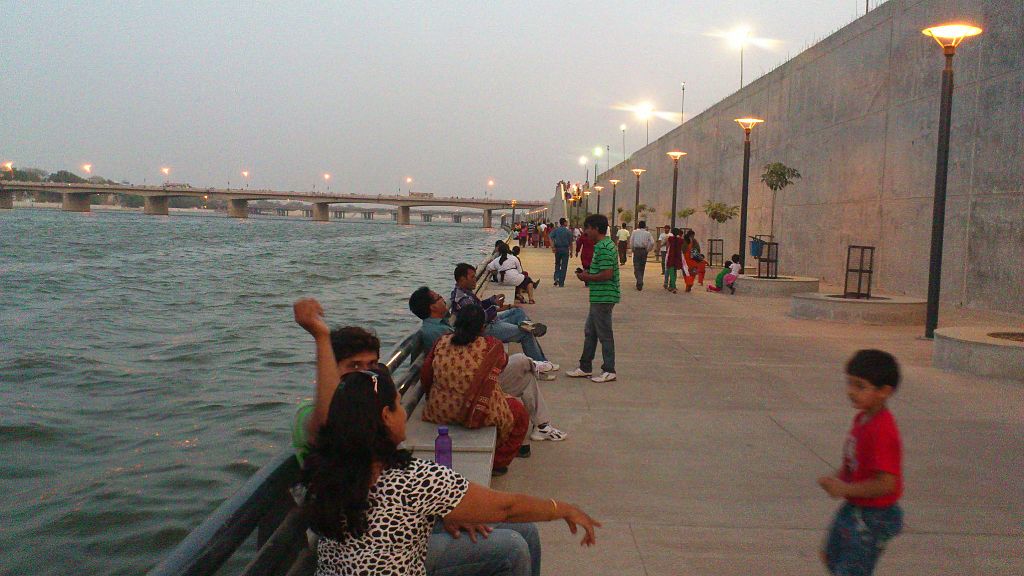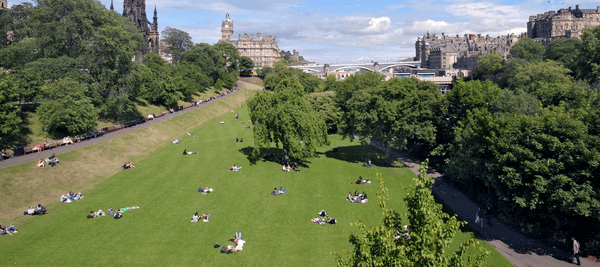
City
Ahmedabad
Main actors
City Government, NGO / Philanthropy, Research Institutes / Universities
Project area
Whole City/Administrative Region
Duration
Ongoing since 2013
A comprehensive action plan to increase the City of Ahmedabad’s resilience to extreme heat events.
Climate change is leading to an increase in average temperatures globally and severe heat events are becoming commonplace. The City of Ahmedabad and the State of Gujarat in India are particularly affected by this phenomenon.
In response to a deadly heat wave in May 2010 that killed 1344 residents, the Ahmedabad Municipal Corporation (AMC) announced the development of a Heat Action Plan. The Ahmedabad Heat Action Plan was released in 2013 with contributions from national and international academic experts and learnings from global best practices on early warning systems and heat adaptation.
The Plan serves to focus attention on those individuals who are most at risk during heat waves, including slum communities, outdoor workers, elderly and children. The Plan also focuses on individuals and organizations, such as Urban Health Centres and link workers, who frequently work with at-risk populations and can provide early diagnosis of heat-related illnesses and preliminary treatment.
The Heat Action Plan is revisited annually and the 2016 iteration includes a comprehensive early warning strategy presenting immediate and long-term actions to increase preparedness, information-sharing, and response coordination in order to reduce the hazardous impact of extreme heat on vulnerable populations to create more resilient communities.
On Map
The Map will be displayed after accepting cookie policy


